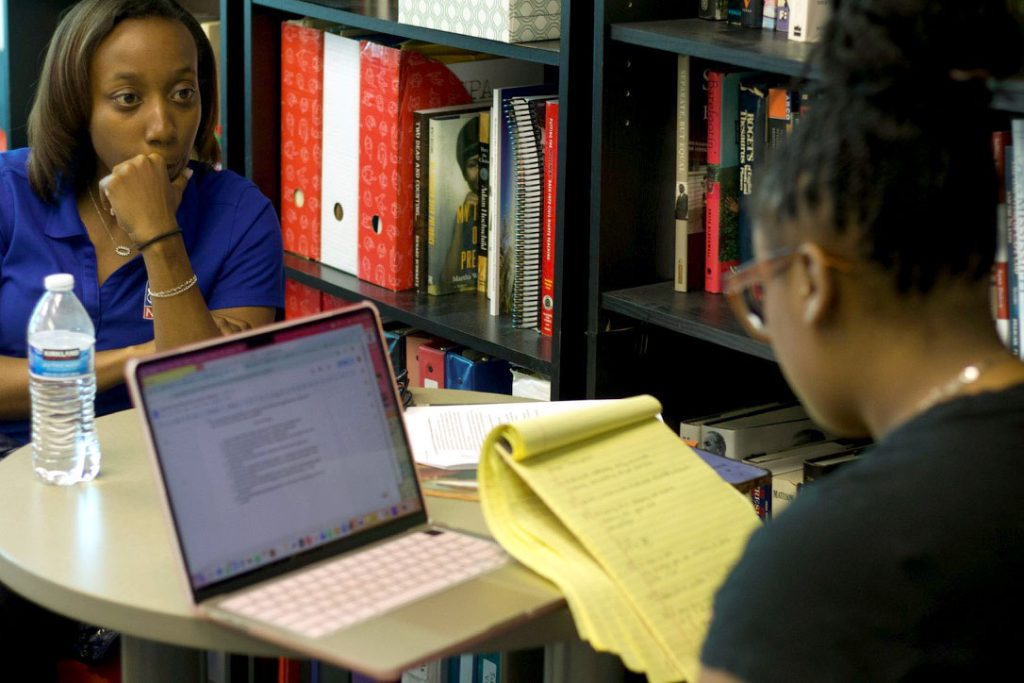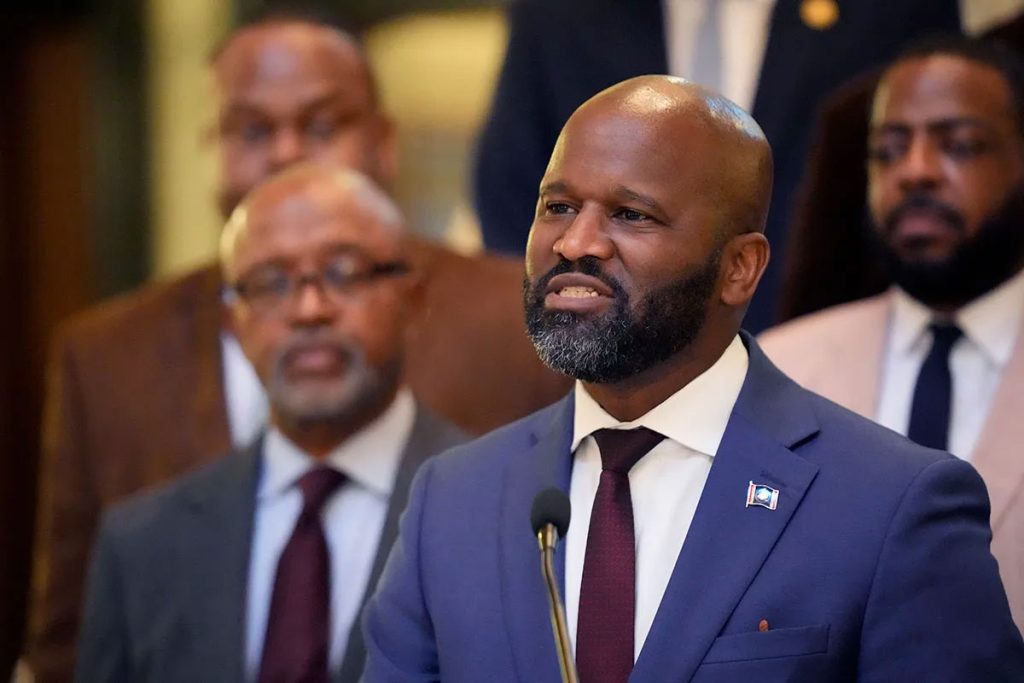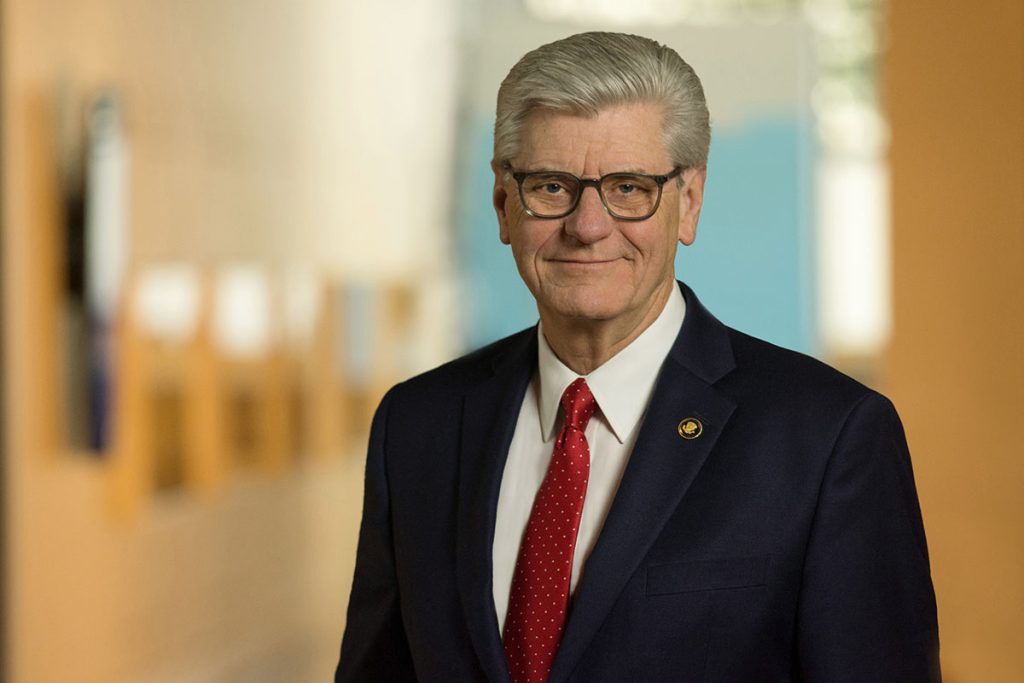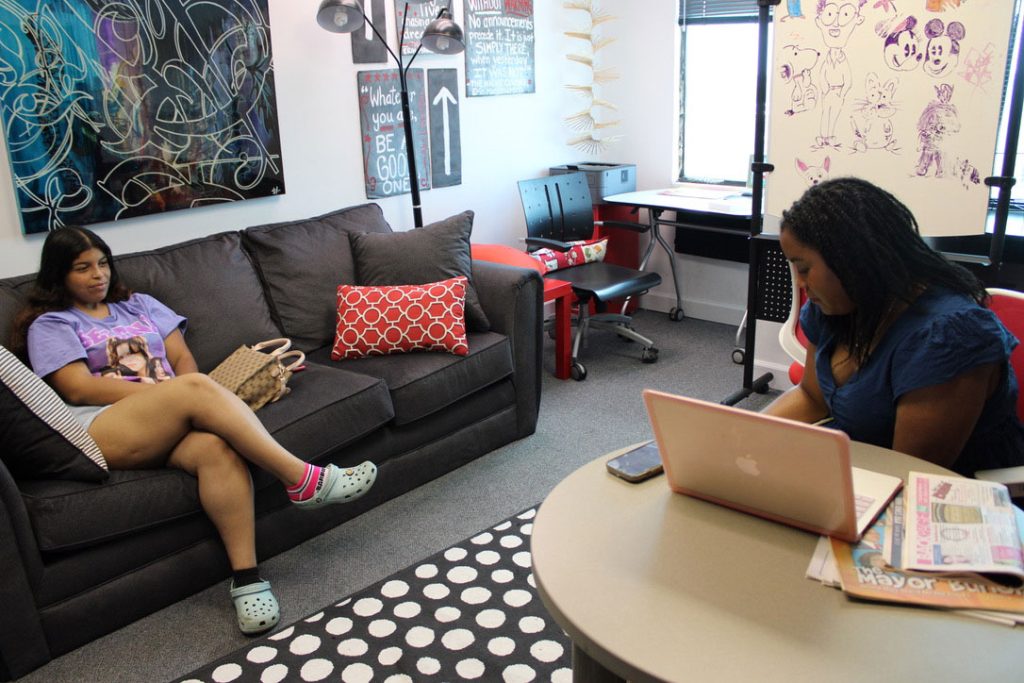By Taylor Brandon
As Darlyn Bustillo scrolled through her Instagram feed, she was flooded with political information and advertisements. From Impact to CNN, her feed boomed with details on the latest news from the political scene.
Everything changed when she stumbled across a post on immigration showing the recent murder of a University of Georgia student whom an undocumented immigrant had killed. “I’ve only ever seen immigrants be published in the media for one of two reasons: they either committed a crime or were found dead on our soil,” Bustillo said in a Youth Media Project interview. “So the media has to respond to why they have died, but they never tell the full story—what happened and what caused everything is never shown.”
Bustillo, an 18-year-old Ridgeland High School graduate, has seen how the media disregard and create a monolithic image of immigrants who enter the United States.
“You don’t hear about immigrants that want to move. If they cross here, then maybe you hear about them, but you never know until you are face-to-face with them,” the incoming University of Mississippi student said.
Reporting An Incomplete Immigration Story

Darlyn Bustillo recalls her own difficult experience with immigration, beginning with the deportation of her father to Latin America. Those feelings and emotions swelled in her mind as she scrolled the countless posts of the image the media created for immigrants. “That was a rough time for us. He got deported in 2018, and he was gone for four years,” she said. “And you know, it’s just been hard even before this time.” Bustillo’s father had been deported three times.
“Immigration is a very complicated issue, with the fact that most parents can’t afford to file for citizenship because they don’t know if they’re going to come back. You can stay here and fight your case, or you have to go back home and fight your case from there,” Bustillo said.
The moments of missed birthdays, Christmases, and more came back as Bustillo continued to scroll Instagram. Bustillo’s father eventually came home to his family in December 2022, but she thinks about other families in the United States whose loved ones never came home.
“What do you think parents will choose when they’re faced with the possibility of being taken away from their kids and not being able to be there for them—or simply remaining illegal and remaining the way you are and hoping you don’t get detained one day?” the student asked. “That is the scare that every immigrant has.”
As millions of Americans continue to flock to the polls for elections, voters are constantly searching for information about the people on the ballot. Like Bustillo, their primary source of information often are the posts that appear on their social-media feeds.
‘My Statements Were Taken Out of Context’
Although Americans vote by secret ballot, the media play a huge role in who voters might select once the ballots are put into their hands. “Photos and edited video clips can be a key sign of manipulated content,” WJTV News reporter Kayla Thompson said in an interview. “For example, there is a clip of President Biden skipping over a Black girl in line at an event and didn’t shake her hand, but he actually did shake her hand first and came back again and shook her hand at the event when the full video was released.”

Pinkins says this misinformation cycle creates a problem with voting. Politicians often confuse voters and even misinform them by spreading false information at campaign rallies, debates and on national television—which makes the role of the media so important.
“There have been instances where my statements were taken out of context, or certain aspects of my campaign were misrepresented. To counteract this, we have utilized social-media platforms to directly communicate with voters, providing context and clarification where necessary,” said candidate Ty Pinkins, who is the Democrat running for the U.S. Senate seat against incumbent Roger Wicker, a Republican, this November.

“We also engage with local journalists to ensure our message is accurately conveyed and respond promptly to any inaccuracies with factual corrections,” added the son of a tractor driver from Rolling Fork, Miss.
As voters head to the polls, many want to see the most authentic version of the candidates they must choose from. “The media can do a better job by focusing on substantive issues rather than sensationalism. This means providing in-depth coverage of candidates’ policies, backgrounds and the impacts of their proposed plans,” the candidate said.“It’s essential for the media to present balanced coverage and avoid biased reporting that favors one candidate over another.”
Bryant: ‘Do I Have More Than One Source’?
Politicians themselves experience the effects of media manipulation—even in the governor’s mansion. Former two-term Mississippi Gov. Phil Bryant said voters should ask themselves a question: “Do I have more than one source that can verify this information and not rush to social media?” The Republican added in an interview with the Youth Media Project: “And that’s the other problem. So many of the younger generation are getting their information from social media.”
As voters navigate the political scene this election season, Bryant says politicians have struggled with the media misrepresenting them. “Many voters get their information from other forms of entertainment, like late-night shows,” the former governor says. “But now late-night shows are involving themselves in politics and not reporting them. They are trying to develop a concept of a particular candidate for entertainment.”

Pinkins poses a solution to the issue of misrepresentation that he, like Bryant, feels keenly during the election season.
“Fact-checking and correcting misinformation promptly can also help maintain the integrity of election coverage,” Pinkins said. “Addressing media manipulation involves advocating for transparency and accountability. I plan to support legislation that promotes transparency in media ownership and funding sources, ensuring that the public is aware of potential biases.”

Although politicians discuss ways that they want to be represented, voters also have opinions on what they want to see from the media during election season. “Sometimes we’re misled. We think one side of the story is true, but you never know. There are always two sides to a story, and the media should report both. Reporters cannot make our decisions,” Bustillo said.
“They need to be reporting that.”
Tools Anyone Can Use for Detecting Deepfakes
Mike Reilley, lead trainer with the RTDNA/Google News Initiative Training program, has assembled a list of easy-to-use fact-checking tools. You can find more on his website, JournalistsToolbox.ai or on X at @itsmikereilley.
Google Fact-Check Explorer Search fact-checks on stories, viral posts, etc. by person or topic. You also can load images to see when/where they were first posted online.
Google Image Search
Reverse image search steers you to when/where an image first appeared online.
TinEye | RevEye in Chrome WebStore
More reverse image search tools.
Rolliapp | Exercise | Video
Built by former CNN producer Nick Toso, Rolli WatchFramebyFrame.com
Great for fact-checking videos. Paste URL into player and hit the arrow keys to look at each shot frame by frame. Watch for shadows out of place, etc. (You can watch frame by frame on YouTube by using the comma and period keys after pausing the video. Comma moves backward and period forward.) Test both out with this famous fake (watch shadows of bird/kid):
YouTube | How to tell it’s fake

